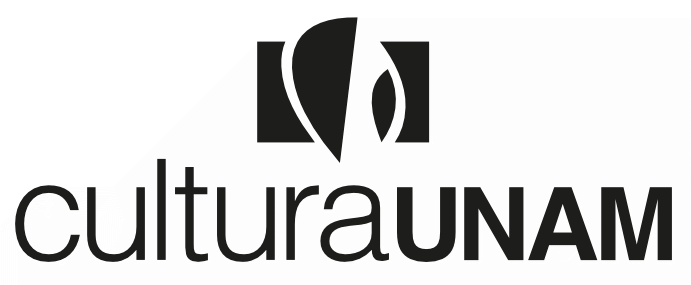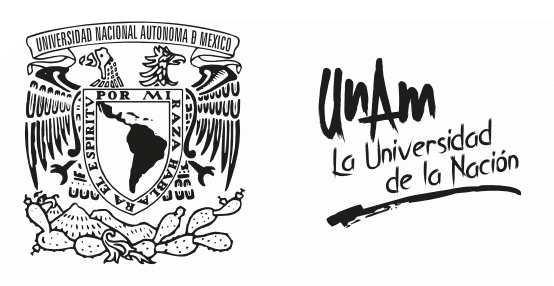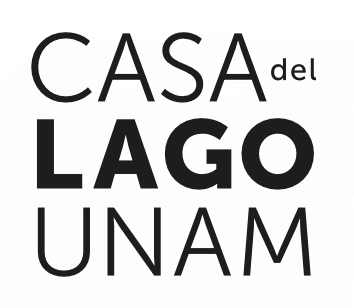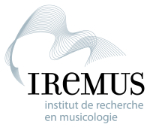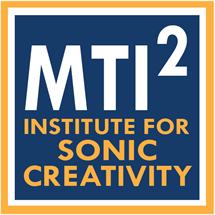Call for proposals 
English - Español
Electroacoustic Music Studies Network Conference 2019
The expansion of electroacoustic music in the Americas: local influences, cultural impact and global interactions
The expansion of electroacoustic music in the Americas: local influences, cultural impact and global interactions
Casa del Lago UNAM, Mexico City, June 11 – 15 2019
Deadline for paper submission: 28 February 2019 29 MARCH 2019
Electroacoustic music was initiated at the end of the forties and the beginning of the fifties. The concept of composing music with sound producing and recording devices quickly expanded to different countries and regions of the world. Since the beginning of the fifties, North America started what was called “tape music”, then works started appearing in the rest of the Americas and small studios and experiences began in many countries using different terminologies, such as phonology studios, laboratories, or experimental centres; some were linked to universities while others bloomed from private initiatives.
In the early history of electroacoustic music, Latin speaking American countries provided a fertile ground for development; yet, either through the challenge of offering a state-of-the-art technical provision or driven by political or due to economic factors, there has since been a large exodus of Latin American musicians and composers to all regions of the world.
Before computing technology became widely available, it was financially challenging for Latin American individuals or institutions to gather the different pieces of technology necessary for making music. Imaginative approaches were undertaken; technology was developed with limited means and many composers started travelling to other countries to find indispensable tools for their musical ideas.
The history and different adventures in the beginnings of electroacoustic music in Latin America is one of the foci the EMS 2019 conference.
Besides these origins, it seems important to explore the influences and impact of the work of composers from Latin Americas in electroacoustic music.
Female composers have been influential and are extremely active today in terms of electroacoustic musical creation; their concepts and ideas and relations to their countries deserve to be explored.
Finally, perhaps the most challenging aspect regarding Latin American electroacoustic music is to understand how local influences often derived from native musical practice, and have played a significant role. Similarly, it is important to investigate whether there is something as a “Latin American Sound” which could began to be identified and explored geographically.
EMS 2019 proposes profound studies regarding a large region, one which has had a strong impact on electroacoustic music. The conference will accept papers in English and in Spanish, as special Spanish-speaking sessions will be organised. We are looking forward to your participation in the exciting EMS 2019 in Mexico City. The conference is organised in collaboration with the Casa del Lago UNAM.
The conference is also open to other topics relevant to the history and/or contemporary practice of electroacoustic music. We encourage the submission of papers relating to any aspect of the field, including but not limited to analysis, perception, listening, terminology, composition, performance, cultural issues and education.
Analysis
- What types of discourse are relevant to electroacoustic works?
- Which analytical methods are currently being developed?
- Can one adapt existent analytical methods of music to electroacoustic works, many of which involve no prescriptive notation?
- How can we further develop the field of study of electroacoustic musics?
Transcription and representation of sound, new audio-visual tools
- How are analytical tools being produced and disseminated in the community?
- Which means are available for communicating this sonic art form through symbolic and graphic representations?
- Does the study of electroacoustic musics require specifically designed tools or can it take advantage of methods conceived for other musics?
Taxonomy, terminology - 'meaningful' units of music description
- Which systems of classification are in use or should be developed?
- How can we become more consistent in our use of terminology in a field as dynamic as electroacoustic music?
Real-time music making
- How can live performance/composition strategies be analysed?
- What is 'live' electronic music?
Performance, presentation, dissemination
- What is the 'work'?
- New presentation spaces, new technologies.
- Aesthetical and musical issues raised by Internet communities, group compositions, telematics and performances.
Listening, Intention-Reception
- Issues of perception and interpretation.
- How do the composer's intentions relate to what is perceived?
Semiotics/semiology, 'meaning'
- What (and how) do different electroacoustic music genres express?
Soundscape, sound ecology
- Analytical tools for the understanding of soundscapes.
- New approaches to sound ecology, sonification, sound environment.
Genres/styles, 'languages'
- Questions of unity, diversity, plurality, multicultural resources, polystyle, hybridisation, local music
Gender issues
- Have gender balances shifted since the early days?
- The relationship between technology/electroacoustic music and gender.
- Unrecognised contributions: revising history.
Research on history of electroacoustic music
- Research on historical documentation.
- Studies on the genesis, development and activities of private and public studios.
- How can and should we revise history?
Socio-cultural issues
- What are the socio-cultural ramifications of electroacoustic music?
Pedagogy
- Curriculum design.
- Balance between theory and practice, general and specific approaches.
- Real-time and interaction versus fixed medium and studio techniques.
- Teaching material: how to select it, and language issues.
In addition to these themes, EMS has traditionnaly accepted special track sessions devoted to themes not listed herewithin.
Finally, The Leonardo-EMS Award for Excellence is awarded for the best contribution to the EMS symposium by a young researcher, as decided by a joint jury. Winners include criticalware (Jon Cates, Ben Syverson and Jon Satrom) and Michael Bullock.
Caution: Participants are discouraged from submitting proposals focusing on their own compositions as well as those discussing the development of new technological resources for musical application that have a better home at events such as ICMC.
Please see Submission Guidelines

